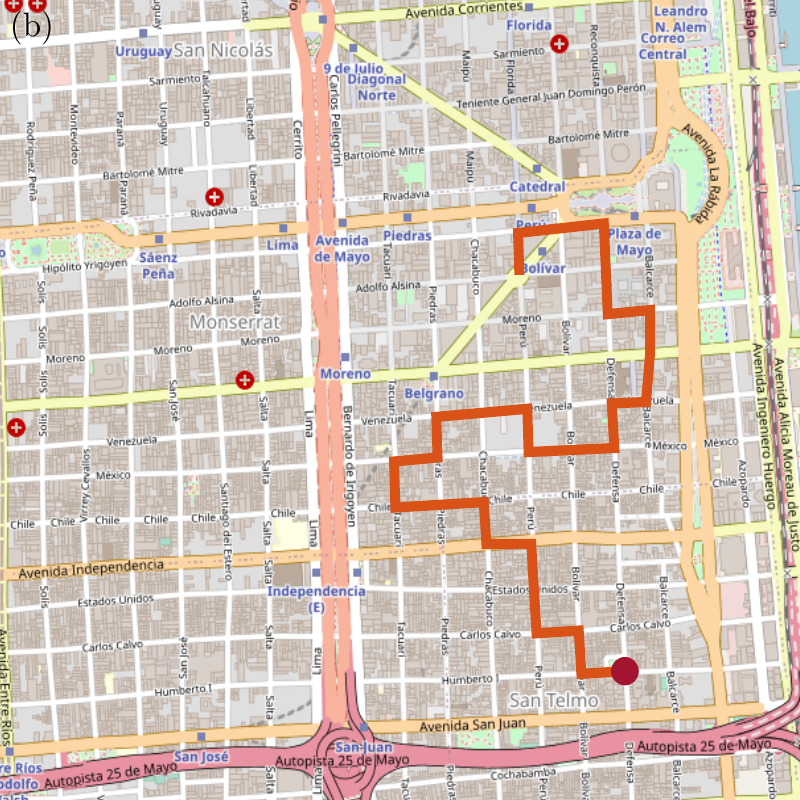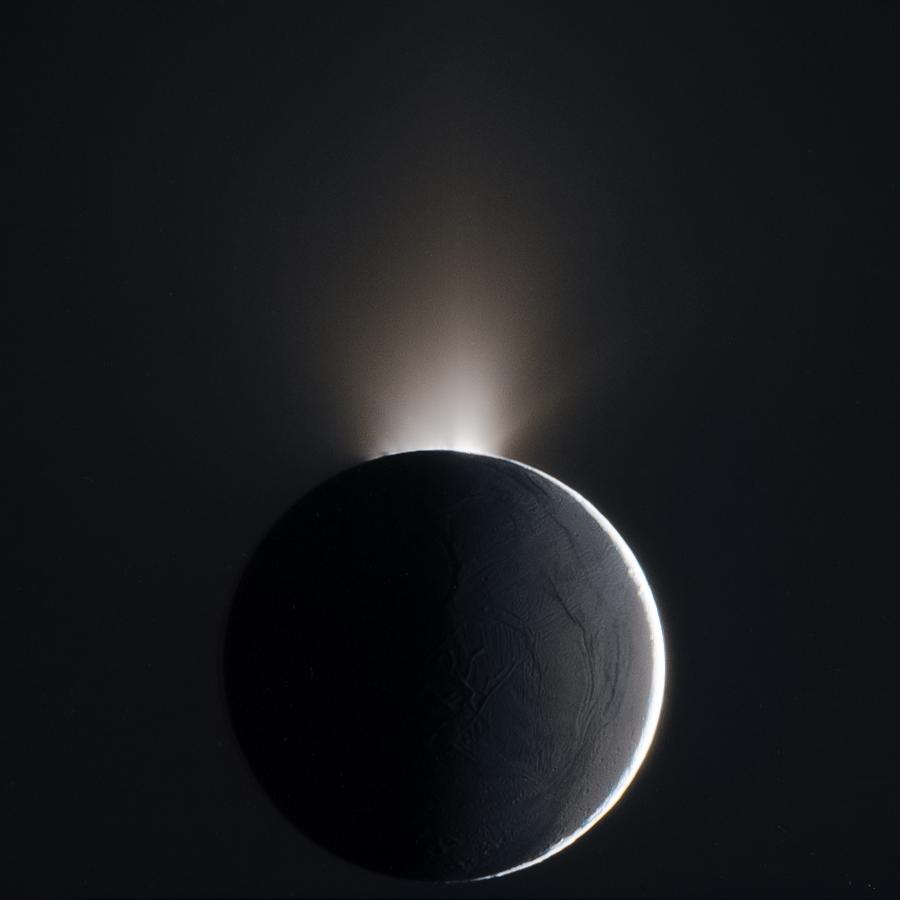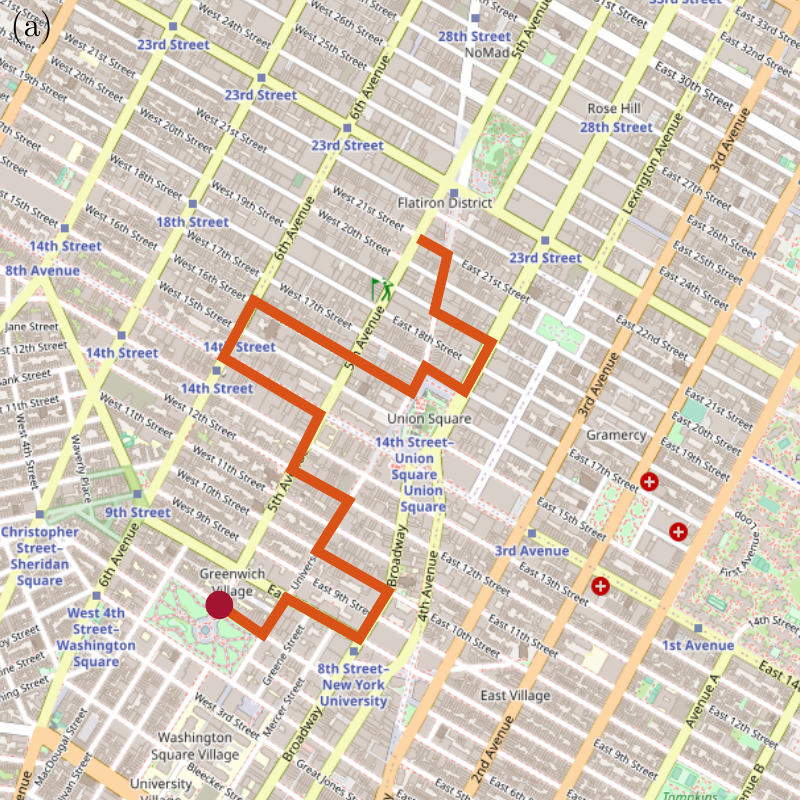Welcome to my personal webpage!

SODA cruise in the Arctic Ocean, September 2018.Photography by San Nguyen.
About me
I am an applied mathematician working in geophysical fluid dynamics. Currently a CNRS researcher (Chargé de Recherche, section 02) at Université Paris Cité (Paris, France) in the laboratory Matière et Systèmes Complexes (MSC), I am working on the modeling of flows in highly porous, heterogeneous media, motivated by carbon capture issues. I am also working on wave turbulence problems as a member of the Simons Collaboration on Wave Turbulence (funded by the Simons Foundation in New York (NY, USA)). My main research interests are in geophysical fluid dynamics and physical oceanography, closely related to climate and environmental issues.
Prior to joining Paris Cité and the MSC lab in 2024, I was an Assistant Professor (2020-2023) affiliated to the Courant Institute of Mathematical Sciences (CIMS) at New York University (New York (NY), USA), in a joint position as a Courant Instructor and a Simons Foundation Fellow, working on erosion and shape formation of solid bodies by flows (at the Applied Maths Laboratory (AML)), and on wave turbulence (within the Simons Collaboration on Wave Turbulence). I was then a CNRS postdoctoral researcher (2023-2024) at Université Paris-Saclay (Orsay, France), in the laboratory Fluides, Automatique et Systèmes Thermiques (FAST), working on internal wave turbulence on an experimental project funded by the Simons Collaboration on Wave Turbulence.
I hold a Ph.D. degree in theoretical physics (2017-2020), undertaken under the joint-supervision of Philippe Odier (ENS de Lyon, Lyon, France) and Thomas Peacock (MIT, Cambridge (MA), USA). This work focused on experimental and theoretical aspects of axisymmetric internal waves strongly related to oceanographic applications, e.g. in the Arctic Ocean.
Recent Highlights
February 2025 -- Can we explain the geysers of Enceladus thanks to an alternative model involving shear heating along tiger stripe fractures, partial melting in the ice shell, and convection? Our latest work on such potential mushy source published in Geophysical Research Letters suggests so.
December 2024 -- Want to learn more about internal waves and tunnel effect? Check out our last paper on axisymmetric internal wave tunneling published in Physical Review Fluids!
November 2024 -- Internal gravity waves versus inertial waves in the laboratory, a review paper discussing laboratory experiments on internal waves and highlighting differences and similarities between gravity and inertial waves, has just been published in Comptes Rendus de l'Académie des Sciences!
October 2024 -- I have been invited to participate in the roundtable "Océans, acteurs clés du réchauffement climatique" held on October 5 at the Journée climat, biodiversité et systèmes complexes organised by the Institut des Systèmes Complexes (ISC) in Paris (recording of the intervention).
October 2024 -- Thrilled to announce that I am now a CNRS researcher / Assistant Professor (Chargé de Recherche, section 02)! This October, I am joining the laboratory Matière et Systèmes Complexes (MSC) at Université Paris Cité (Paris, France) (short bio on the lab website).
August 2024 -- The yardangs study undertaken at Courant's Applied Math Lab has garnered a lot of attention through press releases and media coverage over the past months. A chronology and some details about the study are available on this page.
July 2024 -- Yardangs sculpted by erosion of heterogeneous material is now published and available in open source in Proceedings of the National Academy of Sciences. Our work has also been selected for the cover of this PNAS issue!
May 2024 -- Excited to report that our experimental and numerical geomorphological study on yardangs has been accepted in Proceedings of the National Academy of Sciences!
November 2023 -- A year after winning the Milton van Dyke poster award at the 2022 APS DFD Gallery of Fluid Motion in Indianapolis (IN, USA), our article Sculpting the Sphinx has been published as an invited entry in Physical Review Fluids! In addition to New York University press release, this research has been featured in several public-reaching articles (e.g. fyfluiddynamics and Geo).
November 2023 -- Our numerical and theoretical study on Fast-Slow Wave Transitions Induced by a Random Mean Flow has been published in Physical Review E.
Current and Former Research Topics

Internal Gravity Waves in Wave Turbulence
This project aims at experimentally understanding the energy cascade for internal gravity waves within the theoretical framework of wave turblence. This is done thanks to a large scale experiment with a 3D anisotropic forcing of the waves, to reach large Reynolds and small Froude numbers.Work in collaboration with P.-P. Cortet and N. Lanchon (FAST, Université Paris-Saclay, Orsay, France). This research is part of a broader project funded by the Simons Foundation (Simons Collaboration on Wave Turbulence).

Waves/Mean Flows Interactions
When a large number of waves are interacting they lead to a complex frequency spectrum and can no longer be studied separately but their statistic description, however, can be investigated through the Wave Kinetic Equation. This recent theory is a very active research field, and has numerous applications such as the understanding of surface wave turbulence, energy redistribution by internal gravity waves, or meteorological forecasting.Work in collaboration with J. Shatah and O. Bühler (Courant Institute of Mathematical Sciences, New York (NY), USA). This research is part of a broader project funded by the Simons Foundation (Simons Collaboration on Wave Turbulence).

Oceanic Double Diffusion
The double-diffusive instability is widely present in the oceans. Understanding its global tri-dimensional distribution is key to parametrize heat fluxes in oceanic models. We here focus on data collected by the ARGO program over the past ten years in order to produce a global cartography of these processes in relationship with the oceanic stratification.Work in collaboration with H. Huang (New York University, New York (NY), USA).

Delving into the Arctic Ocean
Recent records over the past decades have shown that the Arctic is warming up faster that ever, with its ice cover shrinking and leaving its quiescent waters unprotected. Warm jets, flows, and eddies, are redistributing heat content in this now rapidly evolving region that directly witnesses the impact of global warming.Some of these results have recently been published in Nature Communications (A warm jet in a cold ocean); a shorter article is also available on Scripps Website (The "heat bombs" destroying Arctic sea ice).Works in collaboration with, among others, C. Jeon (Pusan National University, Pusan, South Korea), T. Peacock (Environmental Dynamics Laboratory, Cambridge (MA), USA), J.A. MacKinnon and M.H. Alford (Scripps Institution of Oceanography, Sand Diego (CA), USA). These projects are part of the ONR funded program Stratified Ocean Dynamics of the Arctic (SODA).

Sculpting with Fluids and Flows
Landscapes around the world are subject to erosion processes, that shape coastlines, valleys, canyons, mountains, etc. Whether interacting with rain falls, rivers, oceans, or the atmosphere, geophysical structures are constantly (re)sculpted by fluids and flows. By conducting experimental surveys with erodible clay in a water tunnel, we intend to broaden our understanding of these geomorphological processes.Work in collaboration with L. Ristroph (Applied Math Laboratory, Courant Institute of Mathematical Sciences, New York (NY), USA) ans S. Weady (Flatiron Institute, New York (NY), USA).This research has won the Milton van Dyke poster award at the 2022 APS DFD Gallery of Fluid Motion, and has been the focus of several press releases.

Random Walks Through Poetry
How does physics and applied math models connect to creative writing? Inspired by combinatory writing techniques designed by the French group of the OuLiPo, we explore a novative method to generate a virtually infinite number of poems by performing a random walk on a randomized literary latice.Work in collaboration with J. Devautour Choi (Columbia University, New York (NY), USA).After its publication, this work has been featured in cover of Digital Creativity.

A Mushy Source for the Geysers of Enceladus
Enceladus is a tiny moon of Saturn on which hydrothermal activity has been detected. At the South pole, cracks are the source of giant geysers of liquid water. With a theoretical and numerical study, we model the tidal forcing on the crack as a local heat flux, melting the ice into a mushy region in which convection can be the source of geysers.Work in collaboration with C.R. Meyer (Dartmouth College, Darmouth, USA), G.M. Vasil (University of Sidney, Sidney, Australia), and A. Wells (Oxford University, Oxford, UK). This project was started during the GFD 2019 Summer School in Woods Hole (MA), USA.

Non-Linear Interactions of 3D Internal Waves
In axisymmetric geometry, non-linear wave-wave interactions are no longer 2D. We show that the non-linear waves created, either sub-harmonic or super-harmonic, are fully 3D and are constraint by the dispersion relation of internal waves.Work in collaboration with P. Odier (Laboratoire de Physique de l'ENS de Lyon, Lyon, France) and T. Peacock (Environmental Dynamics Laboratory, Cambridge (MA), USA).

Internal Wave Tunneling
Internal gravity waves can propagate in media with a buoyancy frequency greater than their own wave frequency. Inclusion of a region of constant density in a stratification, as it is common in the oceans, should provide the waves from propagating further down. This unstratified layer, however, behaves as a potential barrier through which the waves can tunnel.Work in collaboration with P. Odier (Laboratoire de Physique de l'ENS de Lyon, Lyon, France), T. Peacock (Environmental Dynamics Laboratory, Cambridge (MA), USA), and B.R. Sutherland (University of Alberta, Edmonton (AB), Canada).

Enhancing 3D Internal Waves Attractors
Inertial wave generation in a trapezoidal axisymmetric domain enhances an internal wave attractor that preserves the revolution symmetry. Vertical cross-sections show energy focusing in the inner attractor branches and defocusing in the outer ones. Horizontal cross-sections show symmetric pattern being destabilised through a discrete orthoradial mandala-like pattern, before being fully non-linear.Work in collaboration with P. Odier, T. Dauxois, S. Joubaud (Laboratoire de Physique de l'ENS de Lyon, Lyon, France), E. Ermanyuk, N. Shmakova (Lavrentyev Institute of Hydrodynamics, Novosibirsk, Russia), I. Sibgatullin (Lomonosov Moscow State University, Moscow, Russia), and Leo R.M. Maas (Utrecht University, Utrecht, The Netherlands).

Whither the Chukchi Slope Current?
Deployment of five SOLO ALAMO floats in the core of the Chuckchi Slope Current during the Stratified Ocean Dynamics of the Arctic (SODA) cruise in September 2018 helps to understand how warm and fresh water fluxes coming from the Bering Strait exit the Chukchi Sea.Work in collaboration with T. Peacock (Environmental Dynamics Laboratory, Cambridge (MA), USA), P. Odier (Laboratoire de Physique de l'ENS de Lyon, Lyon, France), J.A. MacKinnon (Scripps Institude of Oceanography, San Diego (CA), USA), R.S. Pickart and P. Lin (Woods Hole Institute of Oceanography, Woods Hole (MA), USA), M. Li (Guangdong Ocean University, Guangdon, China), and H.L. Simmons (School of Fisheries and Ocean Sciences, Fairbanks (AK), USA).

Challenging Axisymmetric Internal Waves
Inertia-gravity waves are excited in a fully axisymmetric geometry, using a Bessel shaped generator in a confined domain. In linear stratifications, modes and cavity resonance effects are enhanced. In non-linear stratifications, we delve further into propagation and transmission properties.Work in collaboration with P. Odier (Laboratoire de Physique de l'ENS de Lyon, Lyon, France) and T. Peacock (Environmental Dynamics Laboratory, Cambridge (MA), USA).

Forcing the Bénard-Von Kármán Instability
Plasma actuators placed above and under a horizontal cylinder in an air flow produce an efficient forcing of the Bénard-Von Kármán instability. The corresponding phase diagram shows behaviours as theoretically predicted by the asymptotic development of the Stuart-Landau equation.Work in collaboration with J. D'Adamo, G. Artana (Laboratorio de Fluidodinámica, Buenos Aires, Argentina), B. Thiria, R. Godoy-Diana, and J.-E. Wesfreid (Laboratoire de Physique et Mécanique des Milieux Hétérogénes, Paris, France).

Understanding the Moving Bottleneck
Slow-moving obstacles can reduce traffic flow and congest roads by creating a moving bottleneck. Numerical simulations and on-board data sensors confirmed this traffic issue on high roads.Work in collaboration with A. Nantes and E. Chung (Smart Transport Research Center, Brisbane, Australia).

Experiencing the Antlion Trap
Systematic experimental study of slipping cylinders of various sizes, weights, and materials, helps to investigate the stability phase diagram of close to avalanche slope phenomena. It models the antlion trap, a conical hole in granular soil dig by the antlion larvae to catch insects and bugs.Work in collaboration with J. Crassous (Institut de Physique de Rennes, Rennes, France), J. Casas, and A. Humeau (Institut de Recherche sur la Biologie de l'Insecte, Tours, France).

